
This, the most famous work of Rembrandt, the last two centuries is known as the “Night Watch”. The charges stemmed from lavish celebrations that were organized in the city in honor of the Queen of France Marie de Medici, who visited Amsterdam in 1638.
Corporation shooters decided to decorate his new headquarters of large, impressive paintings: each company had to book your group portrait. Orders received six artists. Rembrandt went to the company of Captain Frans Banning Kok and Lieutenant van Vilhema Reytenbyurh, consisting of sixteen people.
In just a few decades before the arrow-guards were significant squad of volunteers who helped defend the country from the threat of Spanish invasion, but to the 40 th year, much has changed: now shooting society united respectable wealthy citizens. The artist has made to the element of heroism portrayed as if reviving the former patriotism. To convey the atmosphere of these processions with flags flying, drums, loaded muskets.
“Night Watch” – a group portrait that pays for all of the arrow shown, but changed his Rembrandt: introduced casual observers, which he paid nothing; as a result of the portrait turned into a multi-colored scene of street gatherings, jostling with the confused movement and the kind of lighting.
Get the picture – not a static number of portraits, as was the custom at the time, but a piece of the colorful life of Amsterdam. The bright beam illuminates the face, figure, lace, brocade clothes and a lot of details: arquebus and muskets, banners and musical instruments.
Around 1750, the painting hung in the club of small company. Then, when the company broke up, it was moved to the town hall and placed in a large hall in the wall between the windows. But the picture was not in the intended space for it: it was necessary to cut it from two sides. On very old copies stored in London, on the right there are two more figures and drummer , cut in half.
The painting hung out of sight in low light, against the fireplace, where a fire almost constantly maintained; she suffered damage and smoke, and dust. Finally, in the middle of the XVIII century, the Amsterdam city council ordered the restoration of the paintings decorating the town hall, the painter Van Dyck. This artist was struck by the originality of design and power of performance and abandoned blackened canvases hung between the doors.
Soon, he realized why it was so captivated by this picture: in a corner of it he found a typical, well-known «Fecit Rembrandt». Gradually painting became a wonderful project from beneath the layer of soot and dirt: Van Dyck learned in her illustrious French writers “Night Watch”. He was even more convinced of the authenticity of the treasures they found when guardhouse column around which gathered the arrow showed the shield with the names of the members of the corporation. But what a surprise it was the restorer when, having finished his work, he saw clearly that Rembrandt depicted scene takes place not at night and in bright daylight.
Bright, lively, fascinating picture has delighted his contemporaries , but especially admired the next generation. Thirty-six years later, Samuel van Hoogstraten writes in his treatise: “Rembrandt perfectly served its purpose in the picture with Amsterdam guards, though many believe that it is a large canvas he painted, guided by their own view of things, rather than the rules of creating portraits, like the one that he was ordered. But no matter how much criticism of this work, it is truly destined to go through all those pictures that are taken with him to compete, because it is so good on a plan, so perfect in execution, there’s so much fire, so much movement that all the paintings next to him look playing cards. “
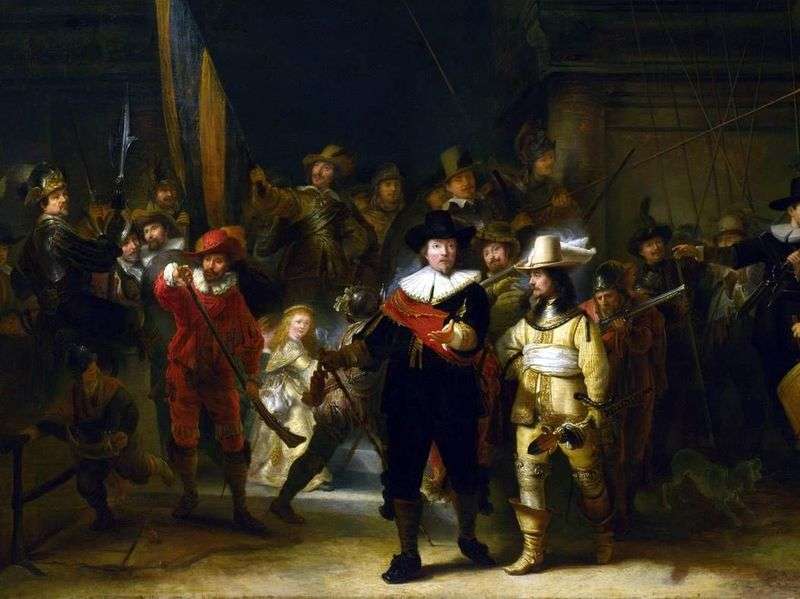 Night Watch by Rembrandt Harmens Van Rhine
Night Watch by Rembrandt Harmens Van Rhine Self Portrait by Rembrandt Harmenz Van Rijn
Self Portrait by Rembrandt Harmenz Van Rijn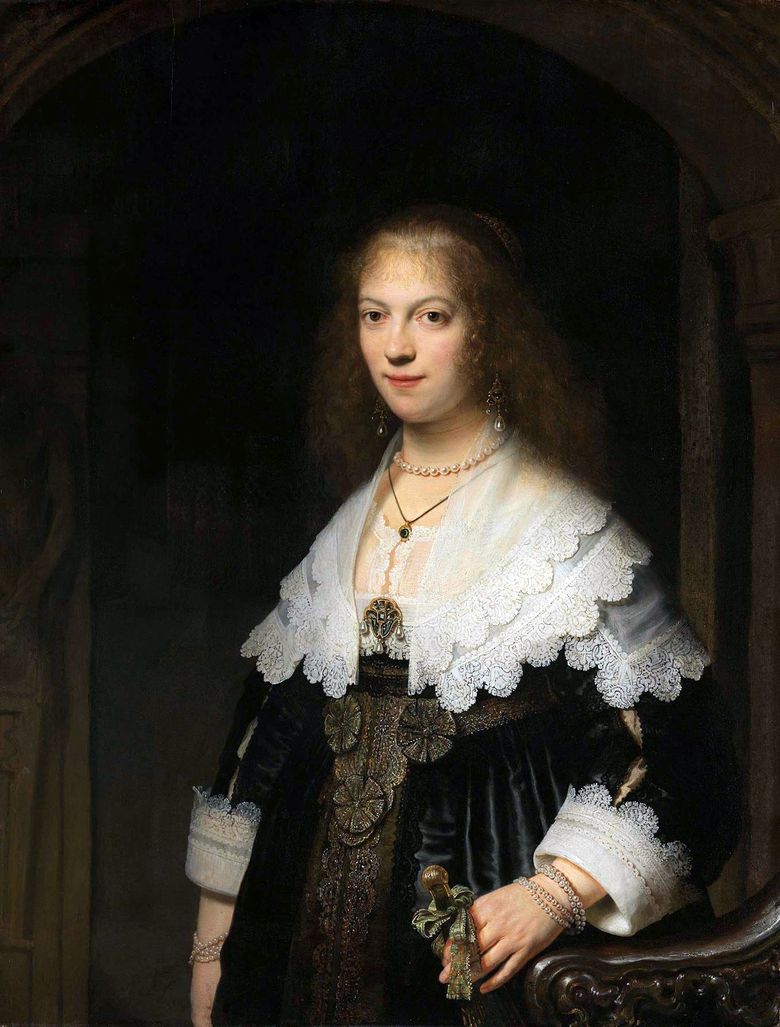 Portrait de Mary Trip – Rembrandt Harmenszoon Van Rijn
Portrait de Mary Trip – Rembrandt Harmenszoon Van Rijn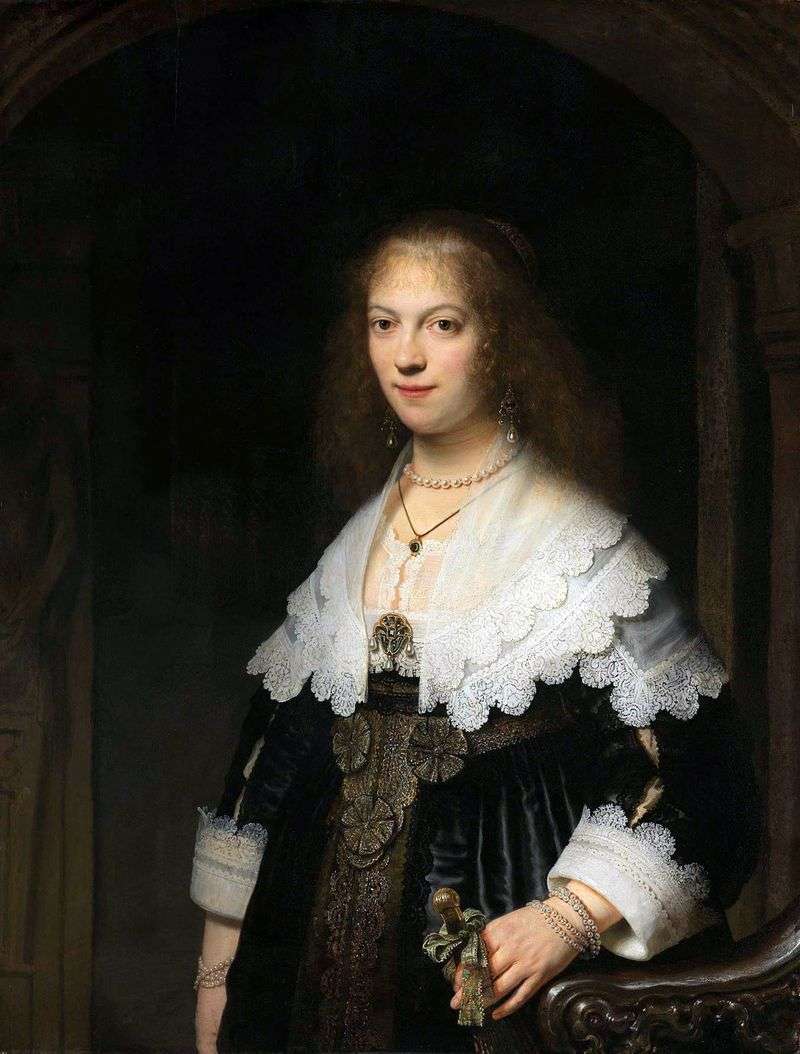 Portrait of Maria Trip by Rembrandt Harmens Van Rhine
Portrait of Maria Trip by Rembrandt Harmens Van Rhine Saskia van Eilenburg by Rembrandt Harmens Van Rhine
Saskia van Eilenburg by Rembrandt Harmens Van Rhine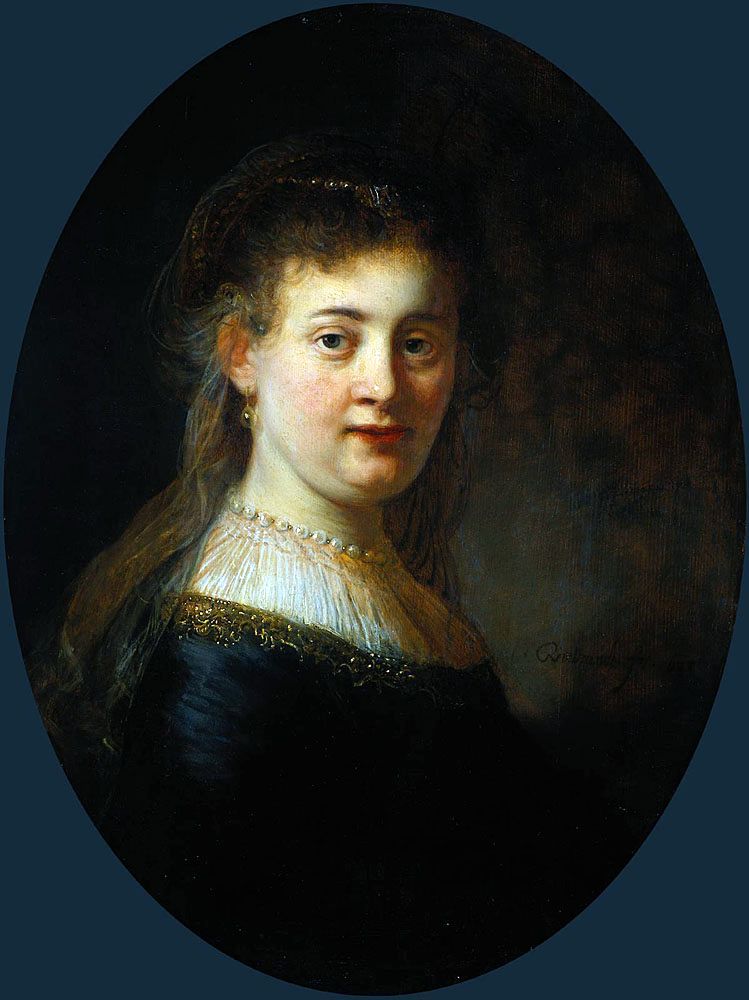 Saskia van Eilenburch – Rembrandt Harmenszoon Van Rijn
Saskia van Eilenburch – Rembrandt Harmenszoon Van Rijn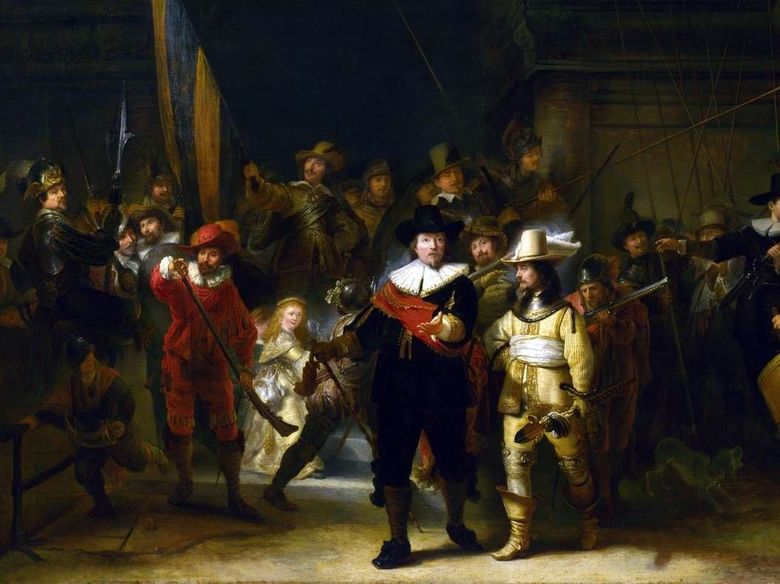 Veille de nuit – Rembrandt Harmenszoon Van Rijn
Veille de nuit – Rembrandt Harmenszoon Van Rijn The Jewish Bride by Rembrandt van Rijn
The Jewish Bride by Rembrandt van Rijn